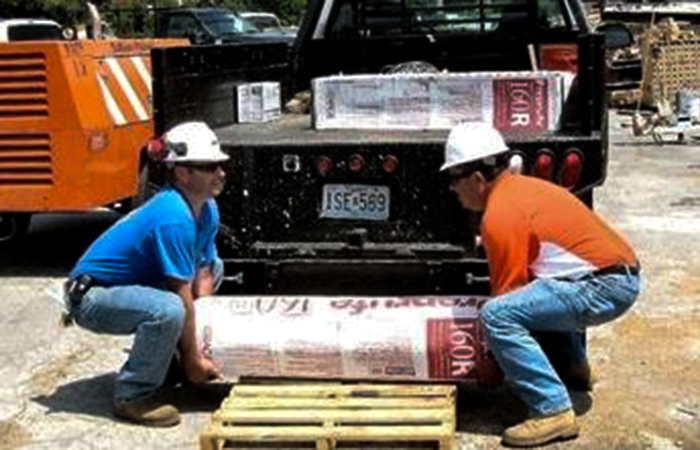Although Western already has a strong and proven safety reputation, we continue to strive for improved concepts and ideas. As our Safety Director, Eric Olson, … [Read more...] about Industry News: Focusing on Soft Tissue Injuries
Archives for April 2014
Challenge/Solution: Re-roofs and Leaks
Roof leaks are often a nuisance for a building owner or property manager. They are hard to track down, cause damage to interior finishes and lead to tenant … [Read more...] about Challenge/Solution: Re-roofs and Leaks


